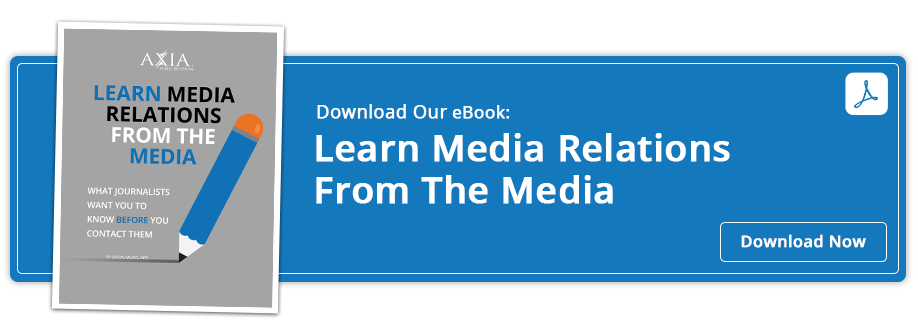 Newsjacking – it’s not a new term, and it continues to be an enticing concept for public relations professionals. Why? Because at its essence, it echoes some of the core operations of smart public relations: Act quick, respond proactively and with valuable information, and aim for results in quality earned news coverage.
Newsjacking – it’s not a new term, and it continues to be an enticing concept for public relations professionals. Why? Because at its essence, it echoes some of the core operations of smart public relations: Act quick, respond proactively and with valuable information, and aim for results in quality earned news coverage.
Audio: Listen to this article.
Newsjacking involves campaigns that piggyback the company’s brand onto breaking news. It’s based around real-time events where the company acts quickly to take advantage of an opportunity. For instance, Oakley’s forward thinking got good play when the Chilean mine workers were finally hoisted from their subterranean nightmare. After so many hours in darkness they’d surely need sunglasses, right? All of them emerged wearing a new pair of Oakley shades – and Oakley emerged with some earned news coverage.

Other forms of newsjacking are much subtler than this example, such as using keywords. You can think of search engine optimization as a form of newsjacking. Appropriately and strategically used keywords can use current news as leverage when placed into a press release or even a high-value blog post. What are some other newsjacking concepts?
1. Speed matters, so get together.
As highlighted in a recent PRWeek article, the most effective forms of newsjacking involve planning and brainstorming across the board, accomplished by getting preapproval to carry out a campaign. David Meerman Scott said in his book, “Newsjacking: How to Inject Your Ideas Into a Breaking News Story and Generate Tons of Media,” that members of the PR, team, the legal team, and stakeholders should get into the same room and talk about ideas for social media content that will be innovative and successful. With everybody on the same page and preapproval granted, newsjacking can have a more immediate and streamlined focus.
2. Look ahead and think big.
Anticipating events coming around the corner is an effective means of planning for public relations efforts and also creates as a newsjacking opportunity. For instance, as shared by PRWeek, Duracell planned in advance a social media campaign involving the Fourth of July and the Statue of Liberty. Duracell, known for its black and copper colored batteries, placed on Facebook a photo Lady Liberty in its trademark colors with a catchy phrase. It generated a massive amount of likes and thousands of shares.
3. Blog, and blog fast.
Quickly getting a blog together that ties to a big event can gain fast traction when journalists see it. A prime example of this is a blog written by Eloqua CEO, Joe Payne, who learned one evening that Oracle had purchased Martket2Lead, a competitor of his company. Payne posted a well-written blog about Oracle “joining the party,” which got much attention from tech journalists the next morning as they scoured the Internet for information that could help their articles. Payne didn’t bash his competitor, which was a smart move, and he was quoted from his blog in several other articles.
Newsjacking can be a symbiotic relationship that benefits both PR pros and journalists. PR professionals use the process to get journalists interested in an angle for their clients that pushes the story into the news spotlight. Journalists looking for deeper information and a credible source for which to attribute can utilize a newsjacked blog or article. If the newjacked blog, media alert or tweet is relevant enough, it could have its moment in the sun as material in the first section of a national news piece.
Want to know how your company’s future news content could include some clever and successful newsjacking tactics? Contact Axia Public Relations today to start the idea bank flowing.
 Clients love Jason’s passion, candor, and commitment as well as the team he has formed at Axia Public Relations. He's advised some of America’s most admired brands, including American Airlines, Dave & Buster’s, Hilton, HP, Pizza Hut, and Verizon. He is an Emmy Award-winning, accredited public relations practitioner, speaker, author, and entrepreneur and earned his certification in inbound marketing. He founded the PR firm in July 2002. Learn more about Jason.
Clients love Jason’s passion, candor, and commitment as well as the team he has formed at Axia Public Relations. He's advised some of America’s most admired brands, including American Airlines, Dave & Buster’s, Hilton, HP, Pizza Hut, and Verizon. He is an Emmy Award-winning, accredited public relations practitioner, speaker, author, and entrepreneur and earned his certification in inbound marketing. He founded the PR firm in July 2002. Learn more about Jason.
Photo by cottonbro studio
Topics: media relations, earned media, news media


Comment on This Article